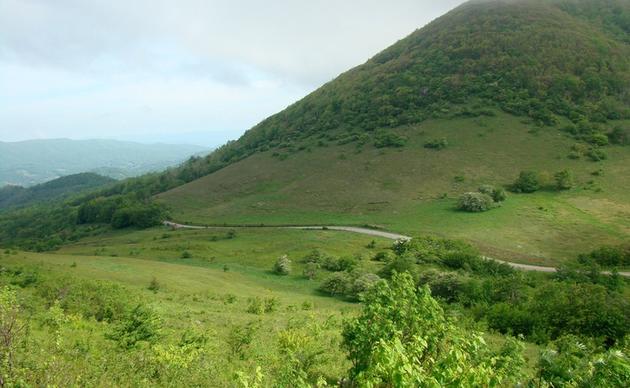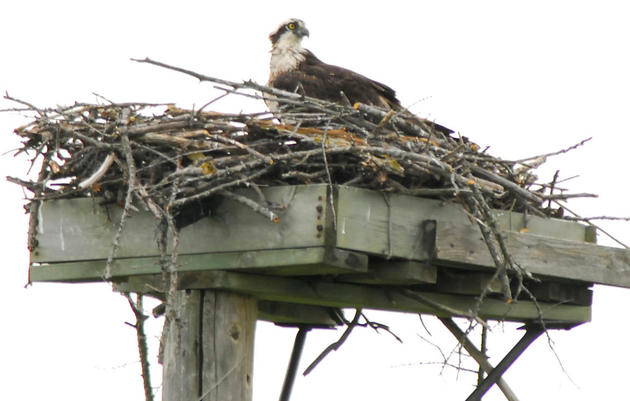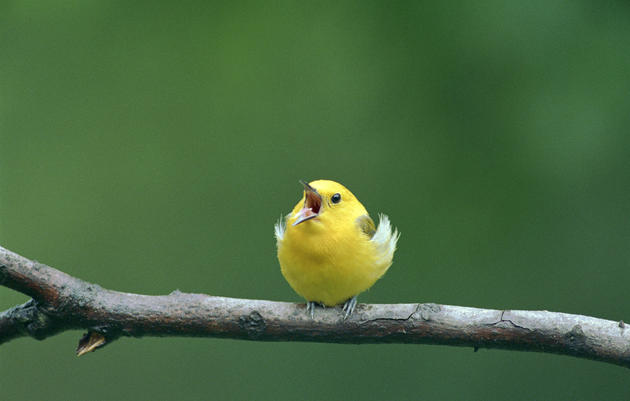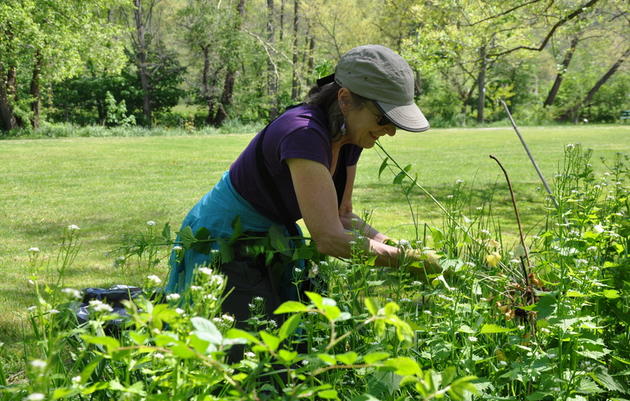Adopt an Important Bird Area
Audubon North Carolina (ANC) is leading the way for bird conservation in North Carolina. Our long-standing commitment to coastal sanctuaries, cooperative research, education and advocacy has been integrated into a single, major project known as the Important Bird Area (IBA) Program.
With the help of local chapters, government agencies, concerned individuals and additional conservation groups, Audubon North Carolina has identified areas across the state that support significant populations of priority bird species. To date, more than 90 regions across the state have met stringent criteria to qualify as an Important Bird Area.
What Makes an IBA?
The IBA project seeks to identify unique regions that support a significant population of a single bird species, or host a wide variety of many priority birds. To further our knowledge of the conservation needs in each region, Audubon North Carolina biologists work hard to track bird populations for the IBAs through inventory and monitoring projects. With close to 100 sites and more than 4,300,000 acres of habitat, the job is enormous.
You can help!
If you like to hike, bird watch or participate in community science projects like Christmas Bird Counts or Breeding Bird Surveys, you can help us monitor the birds in our state's IBAs.
But identifying and counting individual birds aren't the only ways to participate. You can support the IBA program by helping Audubon staff monitor how changes in the landscape affect bird populations. For example, many of our IBAs are comprised of public and private lands. To further the study and conservation of these IBAs, you can help us track if development or timbering is occurring in your area, how much of that change is occurring, and if there are conservation opportunities for Audubon North Carolina to pursue by working with landowners or policy makers and land managers.
If you want to make a contribution to the bird conservation efforts in North Carolina, please join us in this effort to monitor our state's Important Bird Areas. Whatever your skill level, you can contribute necessary information to make our bird conservation activities more focused and more successful!
How to help
To learn more about the IBAs in your area, visit our webpage or read the Important Bird Area eBook.
To better understand how you can help IBAs in North Carolina, review the checklist to get started, and to learn how you can prepare, complete and submit your information.
- Pick an Important Bird Area you'd like to support.
- Contact Curtis Smalling at curtis.smalling@audubon.org or 828-265-0198 to discuss how you can help. You may be able to assist our team by setting up routes within an IBA, building a list of larger property owners or managers within the IBA, monitoring changes within the IBA or providing staff with presence/absence lists.
- Familiarize yourself with Audubon North Carolina's data forms and methods.
- Conduct your counts (if applicable) within the specified dates and with the specified methods.
- Make a copy of the data sheets for your records.
- Enter your data online with the appropriate program.
- Mail hard copies of your information to Curtis Smalling at 667 George Moretz Lane, Boone, NC 28607 or email your information to curtis.smalling@audubon.org.
Practically any activity regarding birds in an IBA can become part of the Adopt an IBA program!
Related
Saving Important Bird Areas
Saving our Important Bird Areas (IBA) is a strategic initiative serving as a conservation blueprint identifying areas that are of critical importance to priority bird species.
Explore the Important Bird Areas of North Carolina
Audubon North Carolina has released a new edition of Important Bird Areas of North Carolina, a full-color publication with detailed descriptions of North Carolina’s most critical bird habitats.
How you can help, right now
Donate to Audubon
Help secure the future for birds at risk from climate change, habitat loss and other threats. Your support will power our science, education, advocacy and on-the-ground conservation efforts.
Sign Up For Our eNewsletter
Keep up-to-date on all that happens with Audubon North Carolina's research, events and volunteer opportunities.







